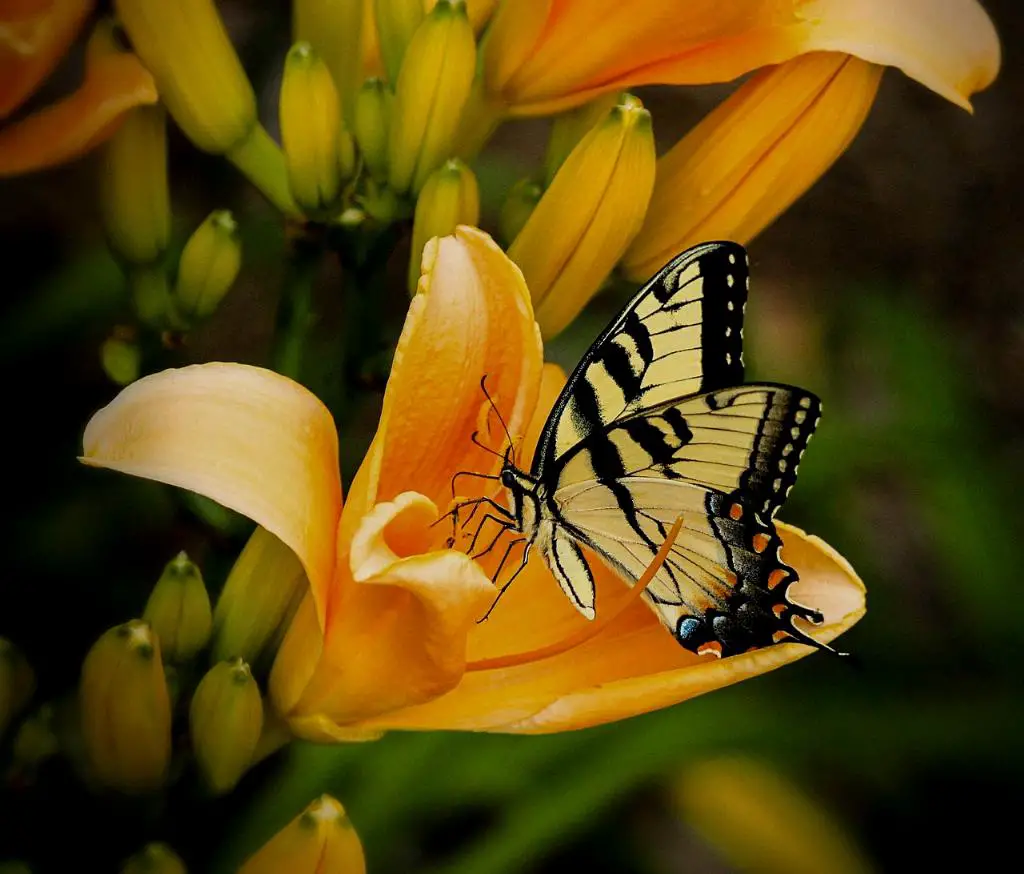When exploring the toxicity of the plant known as Lily of the Valley, it’s crucial to delve into the various factors that make it hazardous to humans and animals alike. This delicate-looking plant harbors significant dangers, as all parts of the plant can induce illness if ingested, leading to severe consequences.
One key point to note about the toxicity of Lily of the Valley is its classification as having major toxicity. This classification signifies the potency of the plant’s effects on the body, highlighting the need for caution when handling or encountering this seemingly innocuous flora.
What contributes to the dangerous nature of Lily of the Valley is its chemical composition. The plant contains several compounds that can have a profound impact on the heart, potentially leading to cardiac distress and other severe health complications if consumed in significant quantities.
Despite its toxicity, it’s worth mentioning that Lily of the Valley is sometimes utilized in minuscule amounts in certain medications due to the presence of compounds that can be beneficial in controlled doses. However, the consumption of the plant itself can result in serious illness and, in extreme cases, fatal outcomes.
It’s essential for individuals to be aware of the risks associated with Lily of the Valley, especially if they have children or pets in their surroundings. Ingesting even small amounts of this plant can lead to symptoms ranging from nausea and vomiting to more severe cardiac issues, underscoring the importance of prevention and caution.
The effects of Lily of the Valley poisoning can manifest rapidly, with symptoms such as abdominal pain, blurred vision, and changes in heart rate appearing soon after ingestion. Recognizing these signs early on can be critical in seeking prompt medical attention to mitigate the impact of the plant’s toxins.
One of the challenges in dealing with Lily of the Valley toxicity is the lack of specific antidotes or treatments for this type of poisoning. Medical interventions typically focus on managing symptoms and providing supportive care to stabilize the individual’s condition and address any complications that may arise.
Prevention plays a vital role in mitigating the risks associated with Lily of the Valley. Educating individuals about the dangers of the plant, particularly for those who may come into contact with it in gardens or natural settings, can help reduce the likelihood of accidental ingestion and subsequent poisoning incidents.
If exposure to Lily of the Valley occurs, whether through ingestion or contact with the skin or mucous membranes, seeking medical assistance promptly is crucial. Healthcare professionals can assess the extent of the poisoning and initiate appropriate treatments to minimize the harm caused by the plant’s toxic effects.
In conclusion, the toxicity of Lily of the Valley should not be underestimated, considering its potential to cause significant harm to those who come into contact with it. Understanding the risks associated with this plant, recognizing the symptoms of poisoning, and taking preventive measures are essential steps in safeguarding against the dangers posed by this seemingly innocuous yet highly toxic flora.

